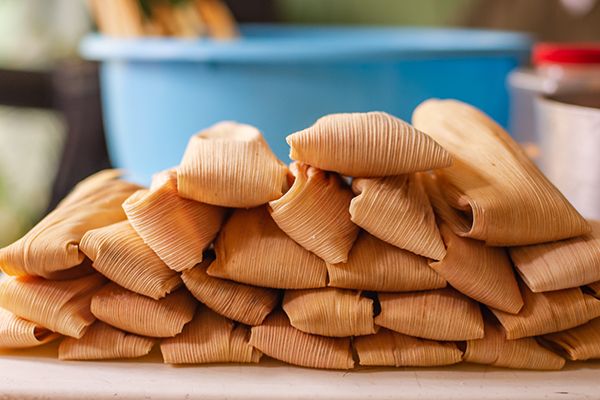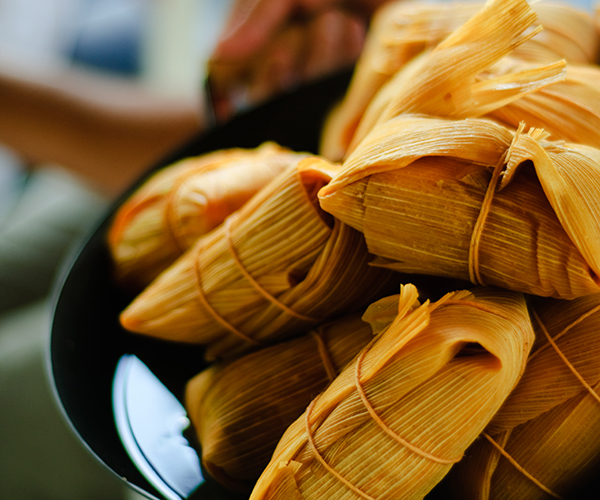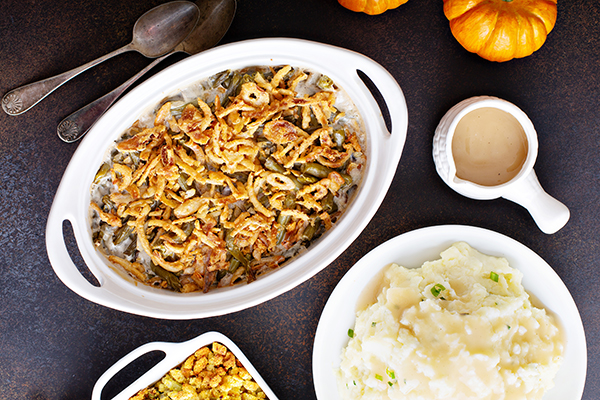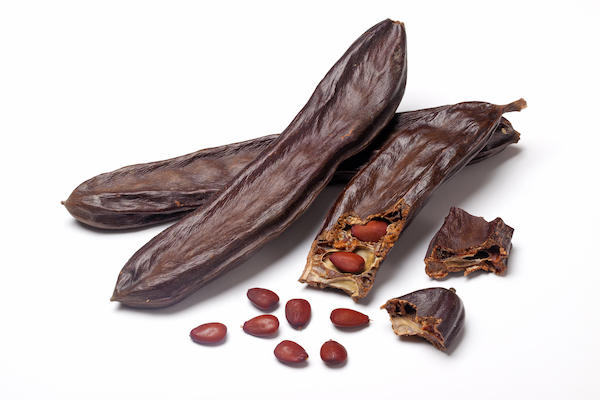Tamales are a Christmas menu staple for many families. This traditional Mexican and Native American dish is made by stuffing masa dough with a filling of meat, cheese, chili peppers, or beans, then steaming it inside a corn husk or banana leaf and serving it with salsa or hot sauce.
Whether tamales are already part of your family’s holiday tradition or you’re looking for new Christmas breakfast ideas, you may be wondering: Are tamales healthy?
“Tamales are generally considered healthy,” says Bansari Acharya, R.D.N., a registered dietitian and blogger at FoodLove. “Especially because they’re steamed instead of fried.”
However, because of the fat and carbohydrate content, it’s important to watch your portions.
Here’s how to make this holiday treat fit into your healthy eating plan — whether it’s Christmas morning or a random Tuesday night.
How Healthy Are Tamales?
Good news: Tamales may taste decadent, but they can still fit into a healthy meal plan (in moderation) and deliver some important nutrients.
“The merits of a tamale or two may surprise you!” says Libby Mills, M.S., R.D., L.D.N., registered dietitian and national spokesperson for the Academy of Nutrition and Dietetics.
Here’s what you need to know about the nutritional content in a tamale:
Calories
One large chicken tamale typically contains 305 calories, though the exact calorie count can vary depending on what ingredients are used in the filling.
Adding cheese, sour cream, or pork drippings to your tamales can rack up extra calories.
Fat
One large chicken tamale contains 19.4 grams of fat, which means more than half the calories come from fat.
That’s because traditional recipes call for lard to make the masa dough, Mills explains. Lard is high in saturated fat, but it’s fine to eat in moderation — especially if you limit saturated fat the rest of the day, Mills adds.
Carbohydrates and fiber
Each large chicken tamale contains 21 grams of carbohydrates and 1.7 grams of fiber, thanks to the corn flour used to make the masa dough.
Including beans and vegetables in the filling can help you amp up the fiber count, Mills says.
Protein
Tamales are typically made with chicken, pork, beef, or beans — all of which are sources of body-boosting protein. One large chicken tamale contains about 12.3 grams of protein.
Vitamins and minerals
Tamales provide healthy micronutrients, including folate, vitamin A, calcium, zinc, phosphorous, potassium, and iron.
Adding chili peppers can give tamales an extra kick, and the capsaicin in spicy peppers may help support vascular and metabolic health.
One downside: One large tamale can contain as much as 656 mg of sodium, thanks to the salt, baking powder, and chicken broth used in many recipes.
That makes up a significant portion of the recommended maximum of 2,300 mg of sodium per day, so you may want to look for a lower-sodium recipe.

How to Make Tamales Healthier
There are a few simple ways to boost the health benefits by making some strategic swaps in your tamale recipe:
- Replace the lard with vegetable oil to reduce the saturated fat content.
- For the filling, choose a lean meat such as shredded chicken breast or ground turkey.
- Add fiber-rich beans and veggies to the filling.
- Limit the amount of cheese in the filling (or skip it altogether).
- Choose a reduced-sodium broth.
- Add flavor without adding a ton of extra calories: “Build big flavor with aromatics like onion, garlic, and carrots; spices like chili and cumin; and flavorful herbs like cilantro,” Mills says.
- Opt for a healthier take on tamales instead, like this turkey tamale pie recipe.








